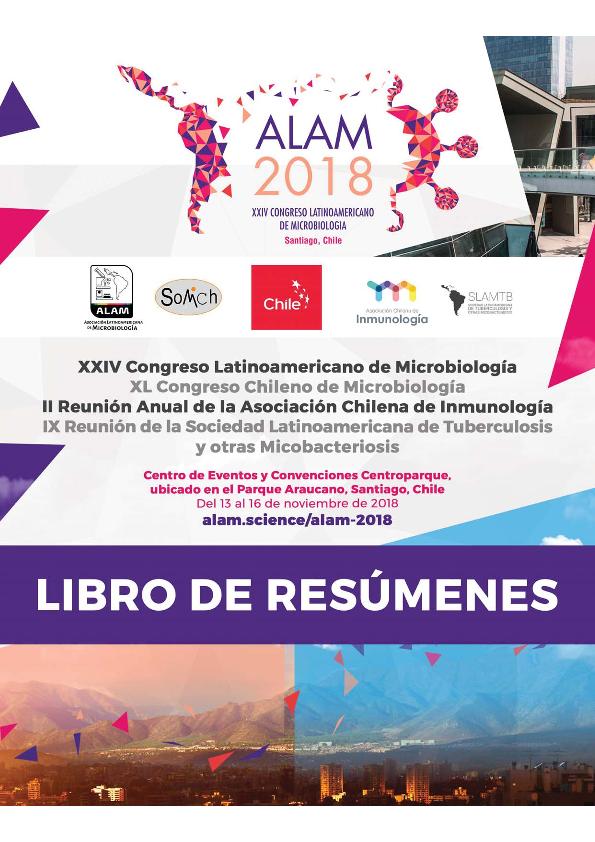Evento
The metal-binding loop size defines proper ion-ligand interaction and signal transduction in CueR-like sensors
Tipo del evento:
Congreso
Nombre del evento:
XXIV Congreso Latinoamericano de Microbiología. XL Congreso Chileno de Microbiología. II Reunión Anual de la Asociación Chilena de Inmunología. IX Reunión Anual de la Sociedad Latinoamericana de Tuberculosis y otras Microbacteriosis
Fecha del evento:
13/12/2018
Institución Organizadora:
Asociación Latinoamericana de Microbiología;
Título del Libro:
Libro de Resúmenes ALAM 2018
Editorial:
Asociación Chilena de Microbiología
Idioma:
Inglés
Clasificación temática:
Resumen
Bacteria resistance to toxic transition metals depends on transcriptional regulators that detect the metal ion and activate the expression of factors that remove or neutralize the harmful species, restoring homeostasis. Our group is focus on metallo-regulators of the MerR family, dimeric proteins that interact with toxic ions in the cytoplasm and modify the promoter conformation to enhance recognition by the RNA polymerase. The ability of MerR proteins to discriminate between metals is essential to achieve a proper response to a specific stress, and depends mainly on the array of specific ligand (cysteine or histidine residues) at the metal coordination environment. Based on these key residues, two groups can be distinguished: one including members that recognize Cu(I), Ag(I) or Au(I), and the other that interact with divalent ions such as Zn(II), Pb(II), Cd(II) or Hg(II). While most of these sensors are poorly selective, like the ancestral CueR or ZntR sensors, some evolved to achieve preferential recognition to one specific metal ion, such as GolS, the Au(I)-sensor from Salmonella. Previously, we demonstrated that two residues within α5-α6 metal-binding loop (MBL) of GolS favor Au(I)-sensing over Cu(I) or Ag(I). To analyze the contribution of the MBL to the evolution of monovalent and divalent metal sensors, we applied site-directed mutagenesis and domain swapping to generate a set of GolS, CueR and ZntR variants with modifications in both the size and the identity of residues composing MBL. The functionality of these mutant sensors was investigated by assessing the activation of specific reporter genes followed by in silico modelling. The results obtained indicate that the size of the MBL is optimized in most sensors to allow the adequate arrangement of ligands in order to improve the interaction with the inducer metals. Some CueR variants also modified the pattern of metal specificity, lowering their affinity for some of their original inducers while keeping parental response to others. Our results highlight the relevance of other regions outside the MBL of CueR for adequately driving the inductor signal to the distal DNA-binding region and activate the transcription of their target genes.
Palabras clave:
METALS
,
TRANSCRIPTIONAL REGULATION
,
METALLOPROTEIN
,
MERR REGULATOR
Archivos asociados
Licencia
Identificadores
Colecciones
Eventos(SEDE CENTRAL)
Eventos de SEDE CENTRAL
Eventos de SEDE CENTRAL
Citación
The metal-binding loop size defines proper ion-ligand interaction and signal transduction in CueR-like sensors; XXIV Congreso Latinoamericano de Microbiología. XL Congreso Chileno de Microbiología. II Reunión Anual de la Asociación Chilena de Inmunología. IX Reunión Anual de la Sociedad Latinoamericana de Tuberculosis y otras Microbacteriosis; Santiago de Chile; Chile; 2018
Compartir




